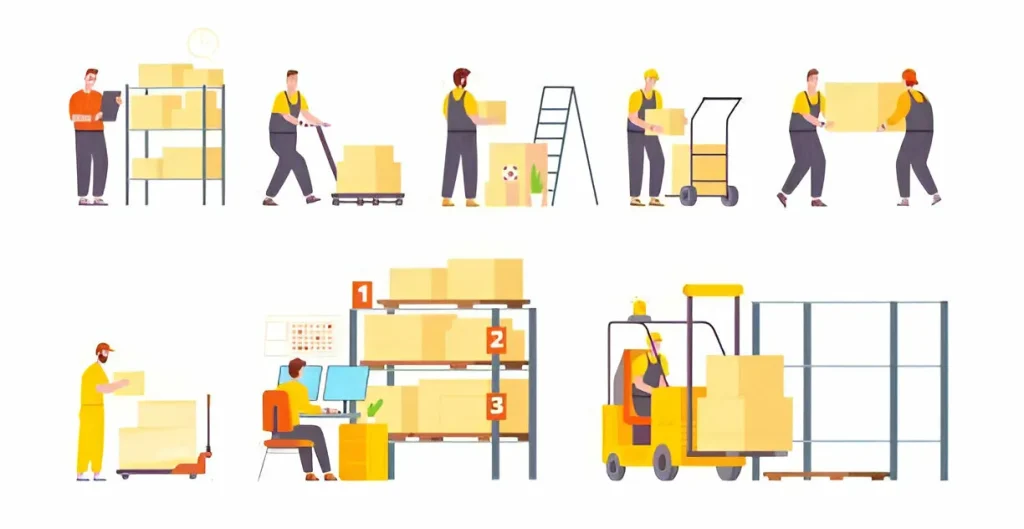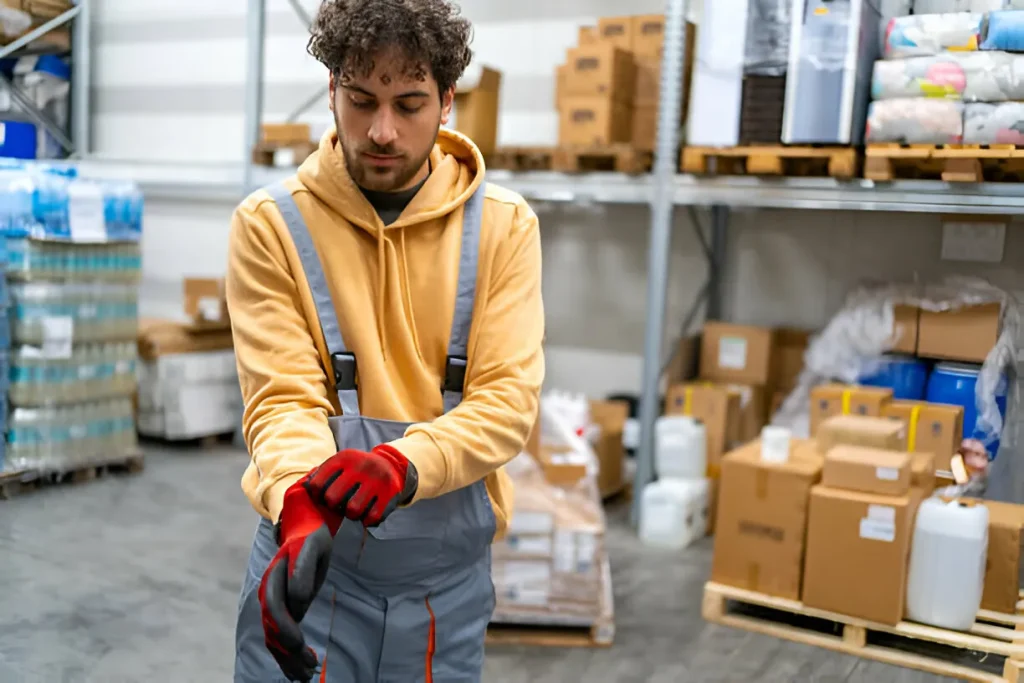Table of Contents
How drivers decide to stop or go when they see a yellow light is crucial for traffic safety. This process, known as the yellow light stopping probability logistic function, can be analyzed using the logistic function. This article will talk about the yellow light-stopping probability logistic function. It helps us understand driver behavior at traffic signals.
What is The Yellow Light Stopping Probability Logistic Function?
When drivers approach a yellow light, they must quickly decide whether to stop or proceed through the intersection. The probability of stopping varies based on several factors, such as speed, distance to the intersection, and driver reaction time. By studying these probabilities, we can predict and influence driver behavior to enhance traffic safety.
The Logistic Function

The logistic function is a mathematical formula used to describe how the probability of a certain event changes over time. It is particularly useful in situations where the event has a binary outcome, such as stopping or not stopping at a yellow light. The logistic function helps us model and understand these probabilities in a structured way.
How the Logistic Function Works
Mathematical Representation
The formula represents the logistic function:
[ P(x) = \frac{1}{1 + e^{- (a + bx)}} ]
In this formula:
The probability of halting is ( P(x) ).
- ( x ) is the variable (such as speed or distance).
- ( a ) and ( b ) are coefficients that adjust the curve.
The Coefficients
The coefficients ( a ) and ( b ) are crucial for shaping the logistic curve. They determine the point at which the probability of stopping is 50% and how quickly the probability changes around this point. By adjusting these coefficients, we can model different scenarios and better understand driver behavior.
Factors Influencing Stopping Probability

Several factors influence the probability of stopping at a yellow light. These include:
Speed of the Vehicle
The speed at which a vehicle approaches the intersection is a critical factor. Faster vehicles have less time to stop and are more likely to proceed through the yellow light.
Also Read: Differentiate Between Exponential and Logistic Growth: A Clear Guide
Distance to the Intersection
The distance from the vehicle to the intersection when the light turns yellow also plays a significant role. Vehicles closer to the intersection are less likely to stop, while those farther away have more time to make the decision.
Driver Reaction Time
Driver reaction time, which varies among individuals, affects how quickly they can respond to a yellow light. Faster reaction times increase the likelihood of stopping, while slower reaction times decrease it.
Applying the Logistic Function to Traffic Safety

Predicting Driver Behavior
By applying the Yellow Light Stopping Probability Logistic Function to the factors mentioned above, we can predict driver behavior more accurately. This allows traffic engineers to design better traffic signals and intersections, reducing the risk of accidents.
Enhancing Traffic Signal Timing
Using the insights gained from the logistic function, traffic signals can be timed more effectively. Adjusting the duration of yellow lights based on stopping probabilities can lead to smoother traffic flow and fewer collisions.
Improving Intersection Design
The Yellow Light Stopping Probability Logistic Function can also inform the design of intersections. By understanding where and why drivers are likely to stop, engineers can create safer intersection layouts that accommodate natural driver behavior.
Practical Examples
Case Study 1: Urban Intersection
In a busy urban intersection, traffic engineers used the Yellow Light Stopping Probability Logistic Function to analyze stopping probabilities. They found that adjusting the yellow light duration by just one second significantly reduced red-light running incidents, improving overall safety.
Case Study 2: Suburban Road
On a suburban road with a high-speed limit, engineers applied the logistic function to determine the optimal yellow light duration. By extending the yellow light by half a second, they reduced abrupt stopping and rear-end collisions
Final Thoughts
The yellow light-stopping probability Yellow Light Stopping Probability Logistic Function is a powerful tool for influencing driver behavior. By incorporating this function into traffic signal design and intersection layout, we can create safer roads for everyone. Whether in urban or suburban settings, the insights provided by the logistic function help make our traffic systems more efficient and less prone to accidents.
The yellow light stopping probability logistic function is essential for improving traffic safety. By applying this function, we can predict driver behavior more accurately and design better traffic control systems. As a result, our roads become safer, lowering the risk of collisions and improving the driving experience in general.
FAQs:
What is the yellow light-stopping probability?
It’s the likelihood that a driver will stop when a traffic light turns yellow, influenced by factors like speed, distance, and reaction time.
How does the logistic function relate to yellow light stopping?
The logistic function models the probability of stopping at a yellow light, helping predict driver behavior and improve traffic safety.
Why is speed important for stopping probability?
Higher speeds reduce the time available to stop, making drivers less likely to stop at a yellow light.
How does distance to the intersection affect stopping?
Vehicles closer to the intersection when the light turns yellow are less likely to stop, while those farther away have more time to decide.

